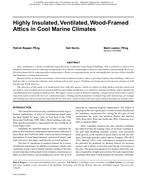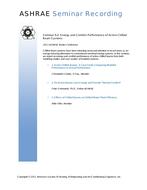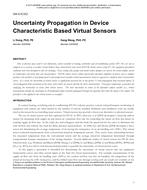The goal of the Cooling, Heating, and Power (CHP) Program established in 2000 by the US Department of Energy (DOE) is to provide research, development, and testing (both laboratory and field) and to accelerate implementation of distributed electric generation (DG) with thermally activated technologies (TAT). The objective is to provide DG with waste heat recovery, i.e., combination of DG and waste heat recovery utilization to drive various TAT units (heat recovery, desiccant, absorption chiller units, etc.) and increase overall fuel efficiency of the technology. Dynamic tests of the CHP system, which were performed at the CHP Integration Laboratory of the Oak Ridge National Laboratory (ORNL), are presented. The CHP system at the lab includes: a 30-kW microturbine generator, an air-to-water heat recovery unit, an indirect-fired single-effect 10-ton (35-kW) absorption chiller, and indirectand direct-fired desiccant dehumidification units. The dynamic system response of the CHP system was tested during both cold-start-up and power-dispatch (changing electric/ thermal demand) modes. The test results provide valuable information for both understanding CHP performance as well as for use to develop better control tools for CHP equipment.
Units: Dual
Citation: Symposium, ASHRAE Transactions, vol. 111, pt. 1, Orlando 2005
Product Details
- Published:
- 2005
- Number of Pages:
- 8
- File Size:
- 1 file , 2.5 MB
- Product Code(s):
- D-25591


